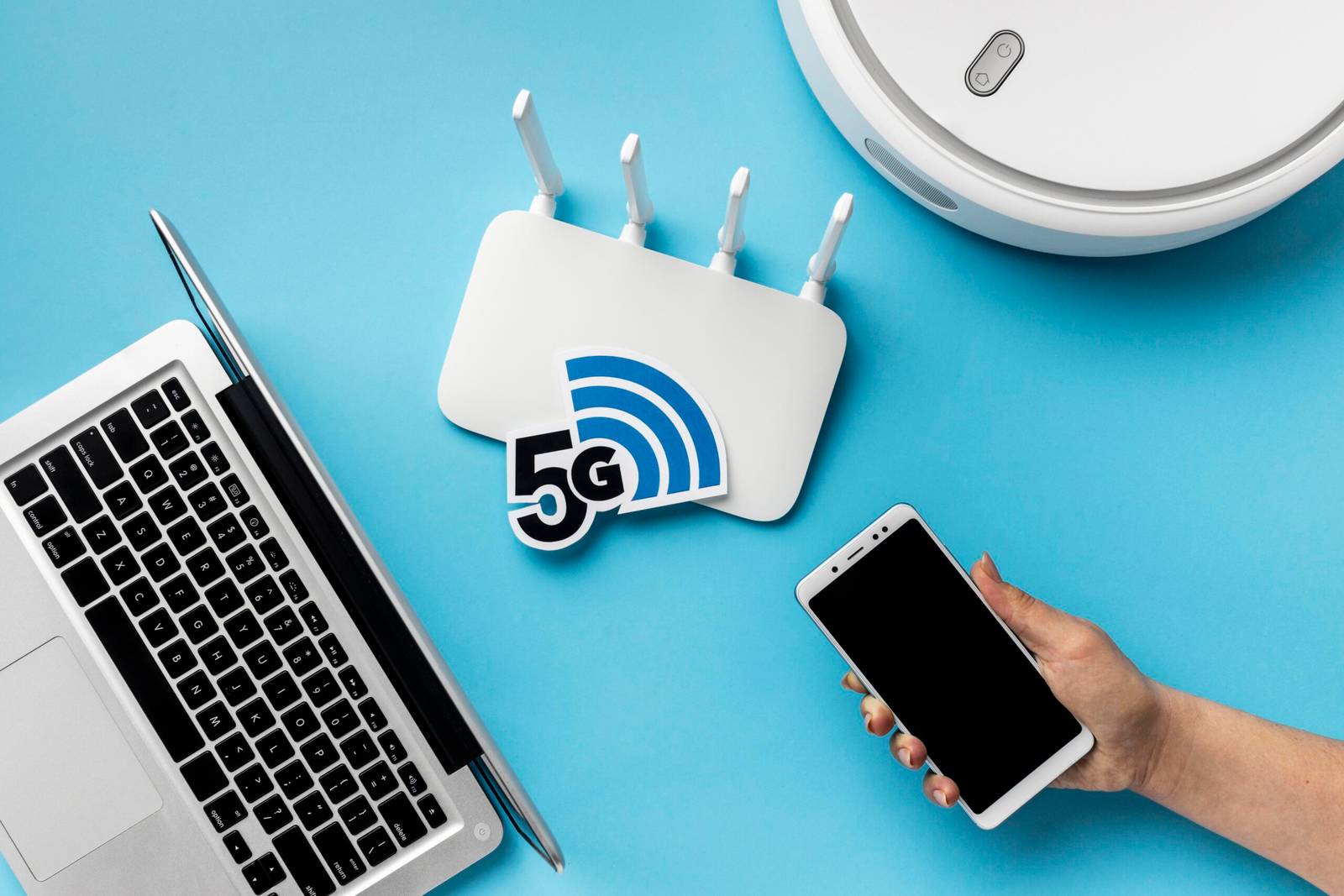5G technology and the Internet of Things: A Perfect Pair

by Web Digital
The Internet of Things (IoT) and 5G technology have been among the most transformative forces in the realm of connectivity and digital innovation in recent years. Together, they create a powerful synergy that holds immense potential to reshape the way we live, work, and interact with the world around us. In this article, we’ll delve into the perfect pairing of 5G and IoT, exploring the opportunities, challenges, and the profound impact this combination is having on various industries and our daily lives.
The Internet of Things: A Connected World
What Is the Internet of Things?
The Internet of Things refers to a network of interconnected physical objects, devices, and sensors that collect and exchange data over the Internet. The IoT is designed to make our lives more efficient, productive, and convenient by enabling devices to communicate and share information without human intervention.
The Proliferation of IoT
The adoption of IoT devices has seen explosive growth in recent years. From smart thermostats that regulate home temperatures to wearable fitness trackers that monitor our health, IoT devices have become integral to modern life. Additionally, IoT is becoming a cornerstone of various industries, including healthcare, agriculture, manufacturing, transportation, and more.
5G: The Next Generation of Connectivity
The Promise of 5G
5G, or the fifth generation of wireless technology, represents a significant leap forward in connectivity. It promises dramatically increased data speeds, lower latency, and improved network reliability. 5G networks are designed to handle the growing demand for data and support the massive number of IoT devices expected to come online in the near future.
Key Features of 5G
Enhanced Speed: 5G networks provide significantly faster data transmission speeds compared to their predecessors. This enables seamless streaming, quick downloads, and low-latency online experiences.
Ultra-Low Latency: 5G offers incredibly low latency, making real-time communication and applications, such as autonomous vehicles and remote surgery, more feasible.
Increased Device Density: 5G networks can accommodate a much higher number of connected devices per square kilometre, which is vital for supporting the growing IoT ecosystem.
The Synergy of 5G technology and IoT
Seamless Connectivity
5G and IoT together create a seamless and high-speed network that can support an ever-expanding array of connected devices. This synergy ensures that IoT devices can transmit and receive data quickly and reliably, enabling real-time applications and enhancing user experiences.
Greater Coverage
5G networks are designed to provide extensive coverage, including in rural and remote areas. This expanded coverage is essential for deploying IoT solutions in diverse environments, such as agricultural fields, factory floors, and smart cities.
Improved Data Management
5G enhances data processing and analytics capabilities at the edge of the network, closer to where IoT devices are located. This minimizes data transfer to central data centers, reducing latency and improving efficiency.
Critical Applications
The combination of 5G and IoT is crucial for applications that demand ultra-low latency and high reliability. Examples include autonomous vehicles, remote healthcare, smart grid management, and augmented reality experiences.
Impact on Industries
Healthcare
The healthcare sector benefits from 5G-enabled remote patient monitoring, telemedicine, and the seamless exchange of medical data among healthcare professionals. This enhances patient care, particularly in remote or underserved areas.
Agriculture
In agriculture, IoT sensors and 5G connectivity provide real-time data on soil conditions, weather, and crop health. This information helps farmers optimize irrigation, reduce waste, and increase crop yields.
Manufacturing
Smart factories use IoT devices and 5G connectivity to monitor equipment, streamline production processes, and enhance supply chain management.
Transportation
5G and IoT play a pivotal role in advancing autonomous vehicles and smart transportation systems. They enable vehicles to communicate with each other and infrastructure, enhancing road safety and reducing congestion.
Smart Cities
IoT sensors and 5G networks are at the heart of smart city initiatives. They enable efficient waste management, traffic control, energy conservation, and enhanced public safety through smart surveillance and disaster monitoring.
Challenges and Concerns
Security
The increasing number of connected devices poses security challenges. Ensuring the security of both IoT devices and the 5G network is of paramount importance.
Privacy
The collection of vast amounts of data by IoT devices raises concerns about user privacy.
Infrastructure
The widespread deployment of 5G infrastructure is a complex and costly undertaking. Governments and telecommunications companies face the challenge of expanding network coverage.
Future Outlook
The synergy between 5G and IoT is set to redefine the way we live, work, and interact with technology. As the technology continues to mature, we can expect even more advanced applications and innovations. From augmented reality experiences to fully connected smart homes and cities, the possibilities are limitless.
Conclusion
5G and the Internet of Things form a perfect pair that promises to revolutionize industries, improve our daily lives, and drive technological innovation. The combination of high-speed connectivity, low latency, and an ever-expanding ecosystem of connected devices creates a powerful foundation for the future.
As we navigate this era of rapid digital transformation, it’s essential to address the challenges of security, privacy, and infrastructure to fully realize the potential of this perfect pair. The path ahead holds exciting opportunities, and our ability to leverage 5G and IoT effectively will shape the digital landscape for generations to come.
Recommended Posts

Non-Profit Digital Marketing in Wasaga Beach: Maximizing Impact
December 5, 2024


